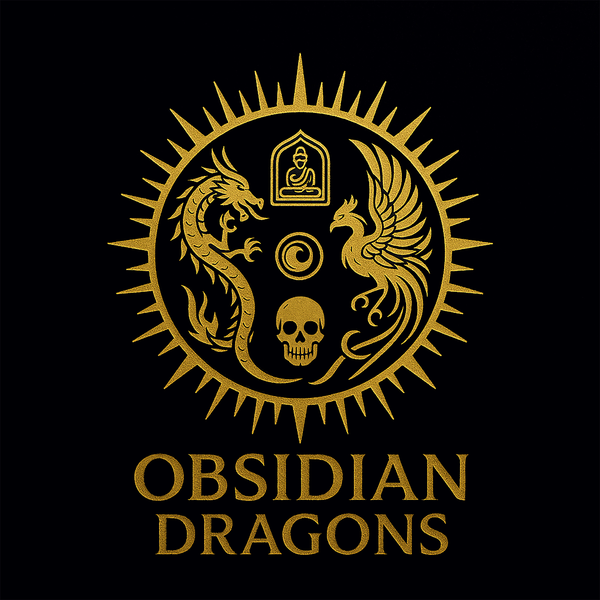PS
Vairocana Buddha Buddhist protection reliquary in solid 925 silver plated with 18k turquoise gold. wheel of life
Vairocana Buddha Buddhist protection reliquary in solid 925 silver plated with 18k turquoise gold. wheel of life
Couldn't load pickup availability
Vairocana Buddha Buddhist protection reliquary in solid 925 silver plated with 18k turquoise gold. Arizona Turquoise wheel of life
Wheel of life on the back, rotating on the back
Dimensions: 56/43/7 mm Weight approximately 58 grams.
In terms of symbols, the Buddha, seated under the bodhi tree, saw two
things. First, he saw a Ferris wheel. This wheel embraces the whole of
conditioned existence, it is of the same extent as the cosmos, it contains
all living beings. It spins non-stop: it spins day and night,
it turns life after life, it turns era after era.
We can't see when it started spinning, and we can't for
the moment to see when it will stop turning: only a Buddha sees that.
BUDDHA VAIROCANA
Buddha Vairocana, the supreme Buddha, is the protector of people born under the
goat and monkey sign.
"Great sun", "Great light" or the "Resplendent" is the Buddha
center of tantric schools (Tibetan or Shingon), as well as schools
Chinese and Japanese Mahayana Tiantai-Tendaï and Huayan-Kegon.
He is one of the major Buddhas in East Asia. He is one of five
wisdom buddhas (the dhyani buddhas) occupying the central place on the
cardinal points. In the conception of the five Mahayana Tathagatas (Buddhas)
and Vajrayana, Vairocana is in the center and is considered a Buddha
Primordial or Adhi Buddha. The term Tathata in Chinese zhenru, in Japanese
shinnyo designates the supreme principle, the other 4 Buddhas of meditation being
its emanations (Akshobhya in the east, Amoghasiddhi in the north, Amitabha in the west,
Ratnasambhava to the south)
His color being white, his mount a lion or a dragon, his element is
metal, often depicted doing the dharmachakra mudra with his hands,
representing the turning of the wheel of dharma, his bodhisattvas are
Samantabhadra and Manjushri Vairocana is also considered to be the embodiment
of the Buddhist concept of Śūnyatā, the principle according to which "all things are
voids of intrinsic existence and nature (svabhava)", but can also be
refer to the teachings of Buddha nature and primordial consciousness
or empty, as in Dzogchen, Shentong or Chan/Zen.
Vairocana is often presented as the supreme form (dharmakāya) in the
Mahāyāna sutras, especially the Avataṃsaka sūtra and the Lotus Sutra. THE
role of Vairocana is explained by the theory of the three bodies (Sanskrit: trikāya,
Chinese: Sānshēn), developed by the early Mahayānā schools. According to this
theory, three aspects or bodies of the Buddha are identified: • The "body of
transformation" (Nirmāṇakāya), historical body of the Buddha • The "body of
rejoicing" (Sambhogakāya), the Buddha as deity, as he appears
for example in the meditations • The "Buddha body" (Dharmakāya), the
buddha as supreme reality, truth or emptiness Buddha Vairocana is
first introduced in the Brahmajala Sutra: "Now I,
Buddha Vairocana, I am seated on a lotus pedestal; On a thousand flowers that
Surrounding me are a thousand Sakyamuni Buddhas.
Each flower supports a hundred million worlds; in each world appears a
Shakyamuni Buddha. All sit under a Bodhi tree, all reach
simultaneously Buddhahood. All these innumerable Buddhas have the Vairocana
as the original body. »
In Sino-Japanese Buddhism, Vairocana was gradually replaced in
as an object of veneration by Amitābha, largely due to the
growing popularity of Pure Land Buddhism, but the legacy of
Vairocana survives at Tōdai-ji temple with its massive bronze statue.
Shingon stream important Japanese Vajrayana Buddhist stream. The connotation
of "light" or "sun" of the name Vairocana makes it possible to envisage an origin
proto-Iranian. A Persian influence has also been proposed for
Amitabha, another Buddha whose name evokes light. Some aspects of the
main divinity of Shintoism, Amaterasu, could be attributed to him in the
japanese folk buddhism
Share
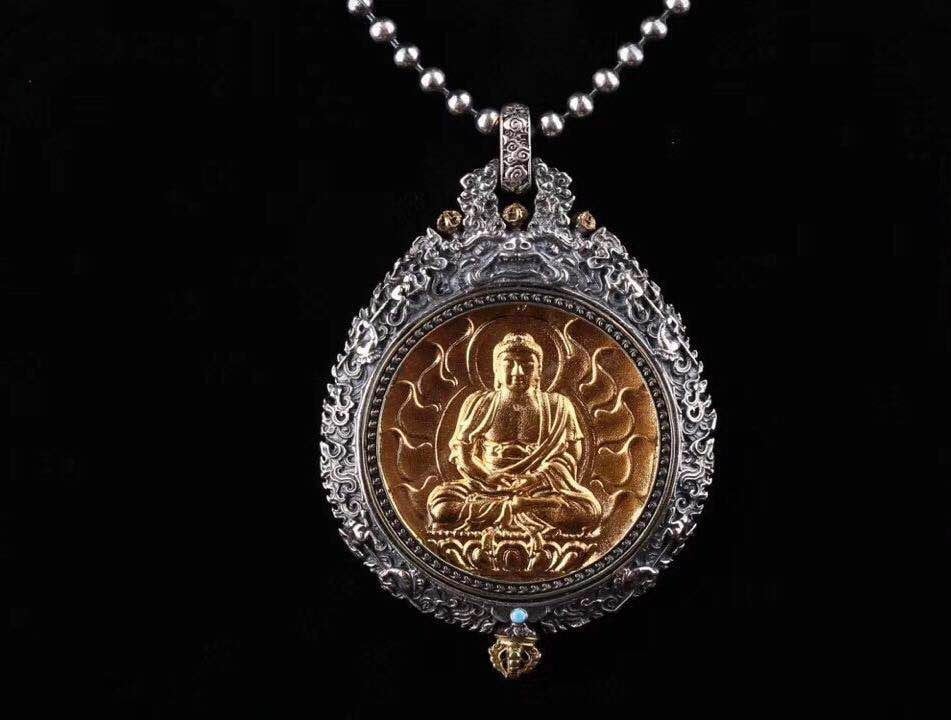
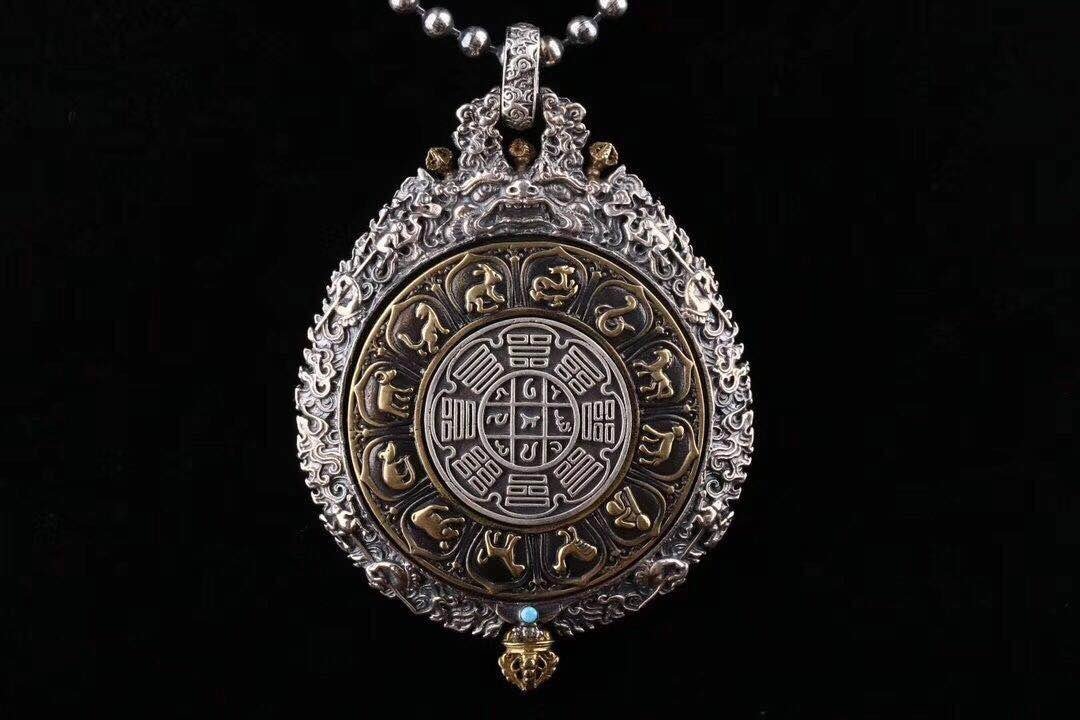
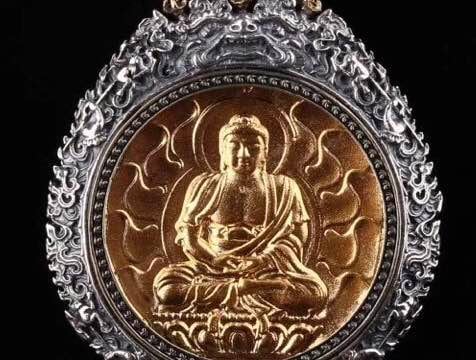
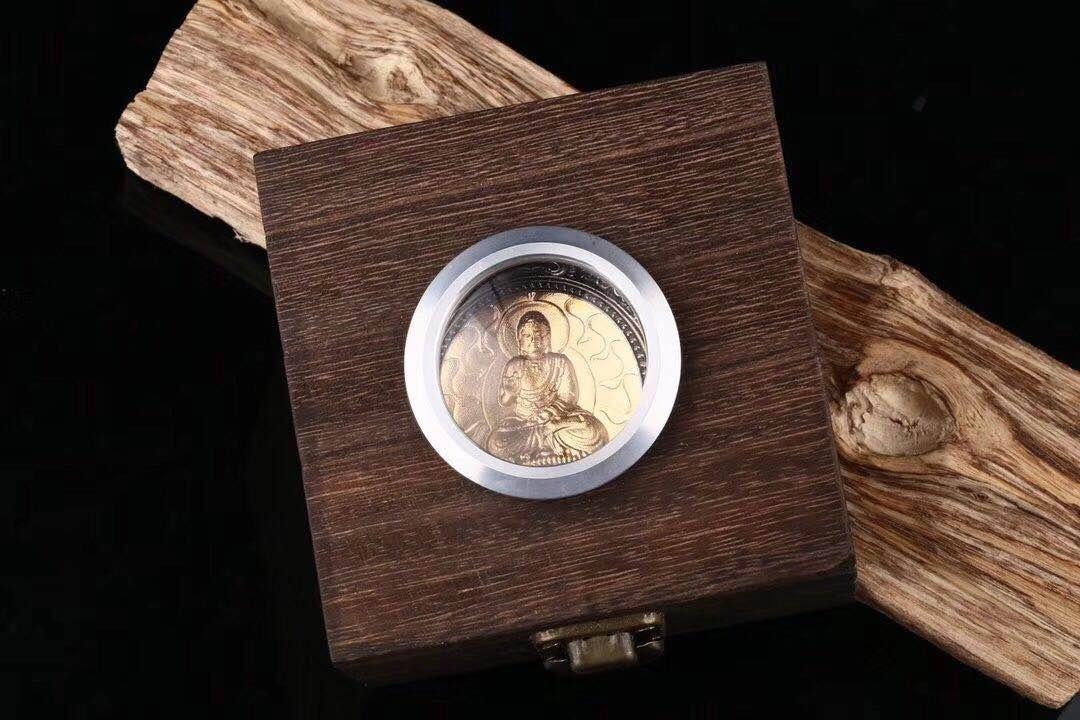
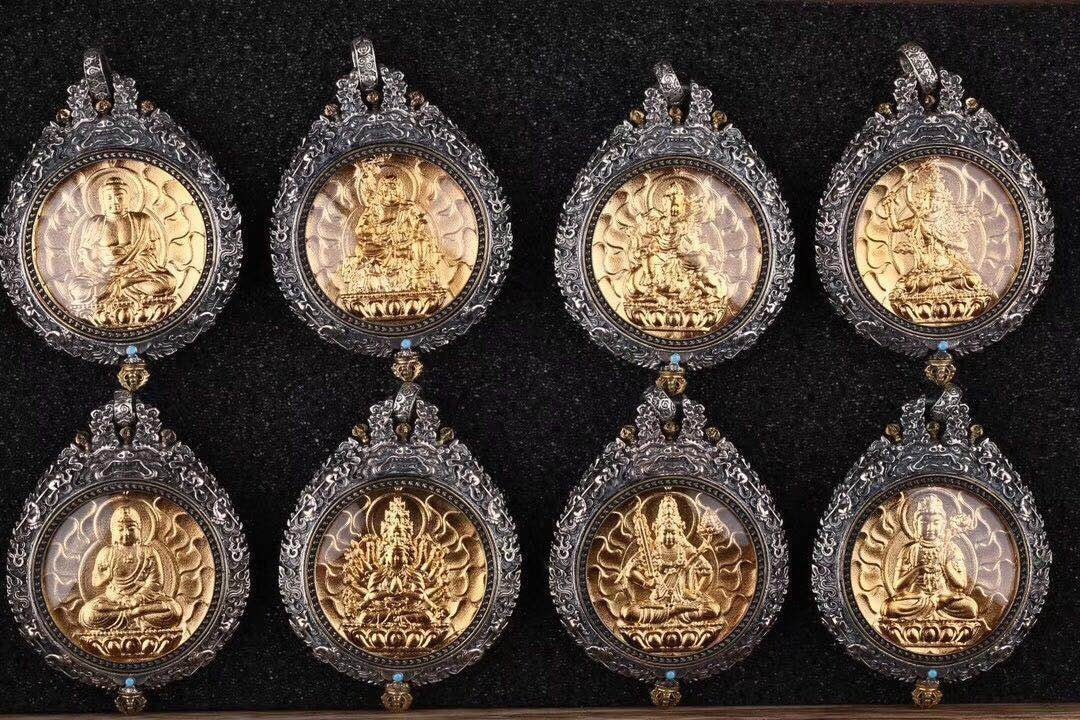
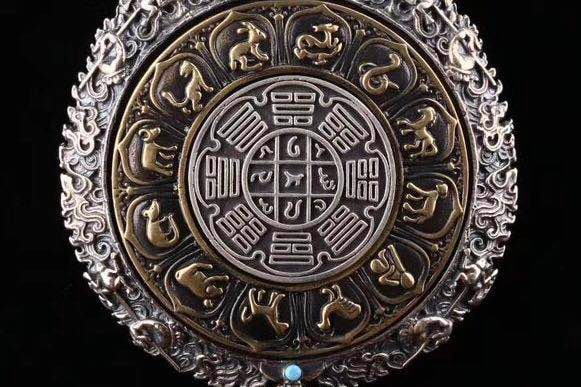
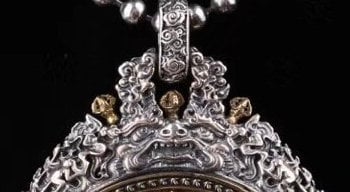
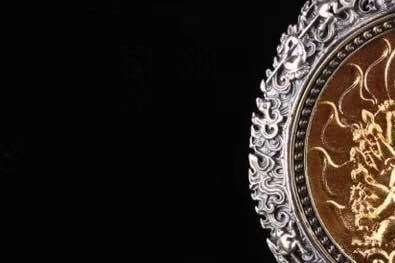
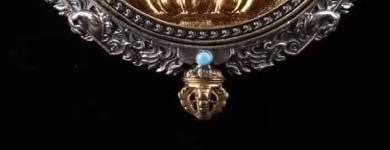
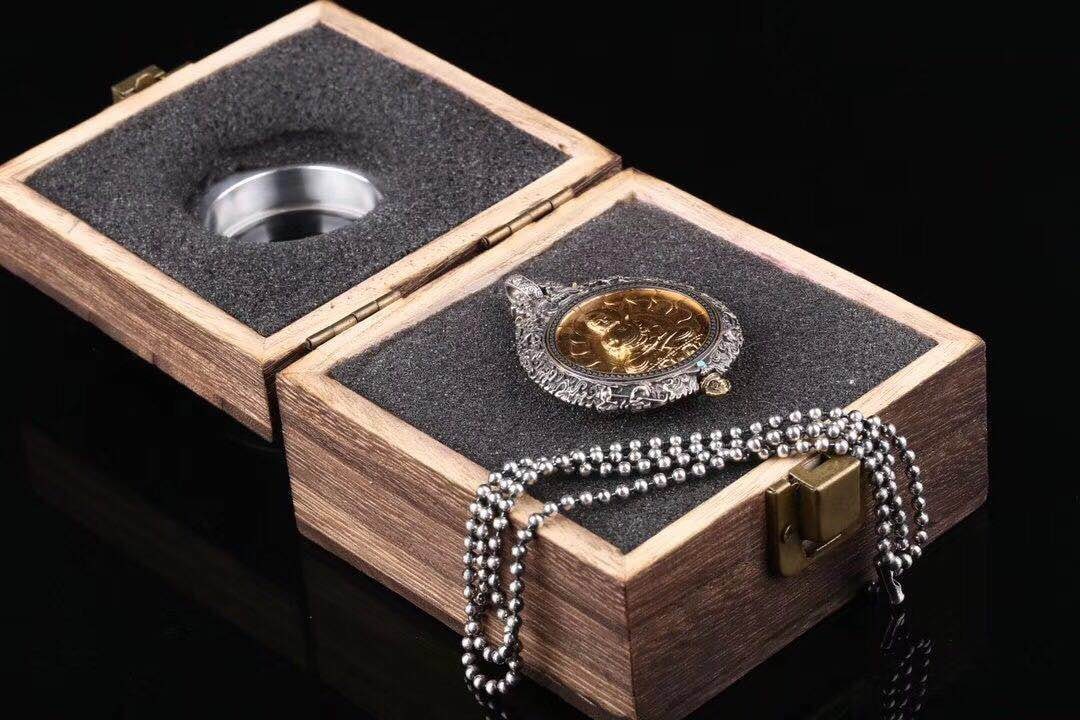
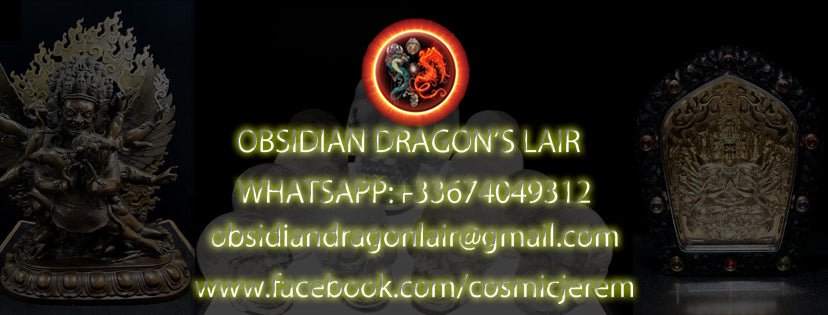

Return conditions for a Zen purchase
We offer you a money back guarantee within 14 days after delivery of your order.
If you are not completely satisfied with your purchase, please contact us to arrange a return of the product and a refund.
Except for returns, shipping is free on all orders.
Multi-column
Button text-
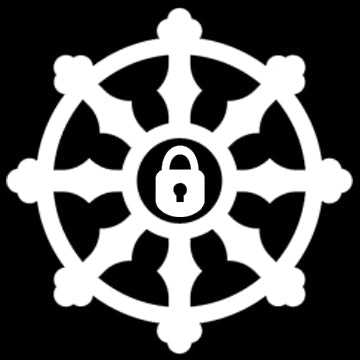
100% secure payment
3 times interest-free option with Scalapay
-

Free delivery in France and internationally
14 days money back guarantee after delivery (see our conditions of sale)
-
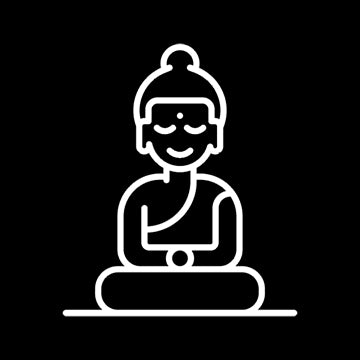
Column
Excellent customer service
Live chat
Whatsapp +33674049312
Let customers speak for us
from 917 reviews4eme pièce que j'achète et encore une fois, jamais déçue de l'unicité et de l'originalité. Coup de cœur pour ce bracelet en magnifiques molaires de mammouth, charge de vie et d'histoire. Attention pour un tout petit poignet de fille comme le mien cela peut être trop grand. N'hésitez pas à poser la question à Jeremy sur les tailles, il répond toujours et il est très réactif.

Déjà j’au été très impressionné par la qualité du site web pour tout chercheur de vérité mais également pour la disponibilité de Jérôme qui a su dépasser mes plus grandes attentes pour la commande sur mesure d’un mala en Obsidienne Œil Céleste – Dragon & Bagua Feng Shui. Gràce à ce puissant talisman je peux désormais continuer ma route sereinement. Un très grand merci sincèrement.

magnifique, puissant et apaisant, il m'aide à garder mon calme je le trouve absolument parfait!

J'ai eu l'occasion de rencontrer Jérémy sur Paris avant l'achat...très bon contact avec lui ..il sait de quoi il parle...je suis revenu vers lui pour l'achat de cette magnifique statue...elle a été emballee avec beaucoup de soin pour une expédition de chine... vraiment très satisfait de cet achat..merci

Pendentif dragon en obsidienne œil céleste - Symbole spirituel

Le collier est superbe, et ce pendentif magnifique, ses détails! et l'odeur du bois de santal que c'est agréable! Qualité extra! Contact excellent avec Jérémy, merci beaucoup pour votre gentillesse! Quelle qualité, vivement le mala !

L'objet est très joli et malgré que je ne sois pas un spécialiste, je trouve que le crystal est beau. Il n'est pas parfait et cela me rassure sur la qualité du produit qui est sensé être naturel donc imparfait.
Très bien emballé et en plus housse de rangement offerte.
MERCI

J’ai commandé un crâne de dragon, il est super beau et très puissant. Je l’adore 😍 Et l’envoi a été très rapide 🤗 merci 🙏🏻

bracelet puissant, je suis content de mon achat

Cet artisan est gémologue, il travaille avec des artisans qui sont des vrais artistes, je suis bluffé par la qualité des ouvrages sur l’argent et sa qualité. Quand à la qualité des pierres pas besoin d’être gémologue pour voir la qualité exceptionnelle des pierres, encore une fois le travail de sculpture est exceptionnel.
Mon mala traditionnel est une pure merveille dans la tradition originelle. Le ghau est une merveille qui me comble.
Bref que dire de plus :). Allez sur son site.
PS : vendeur qui connait son métier et les traditions bouddhistes ce qui est un plus en plus :)

Ce crâne est un Etre de Lumière. Attirant , inspirant , "parlant".
Il est un Ami qui tire mes pensées vers le Haut.
Ses énergies vibrent à des fréquences élevées. Il est puissant dans la douceur.
Un crâne de Dragon m'assite également. Merveilleux !

Très beaux bracelet et très puissants

Magnifique crâne givré de l'Himalaya.

cette chevalière est tres bien réalisé, avec beaucoup de détails, je suis heureux de l'avoir

